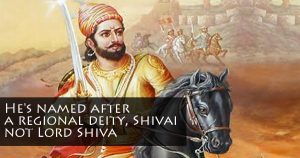
13 Facts You Should Know About Chhatrapati Shivaji Maharaj, The Bravest Maratha King Ever
Born on 19th February 1630 in the prestigious Shivneri fort, and named after the deity Goddess Shivai, Chatrapati Shivaji was the famous Maratha king who had the utmost courage to stand against the vast ocean of Mughal rule, single-handedly. Although his original name was Shivaji Bhosle, his subjects lovingly gave him the title of ‘Chatrapati’ or the ‘Chief of the Kshatriyas’ for his undaunted ability to protect them all under the safe shelter of his leadership.

Upholding the values of Swarajya, and the heritage of his Maratha background, Shivaji established a royal name for himself in the tombs of history with his administrative and civil prowess. Here are some facts about him which stand out from his glorious and eventful life.
1. Shivaji was extremely secular
At a time when all kingdoms were strictly sticking to their religious beliefs and doing away with others’, Shivaji was surprisingly very accommodating of all religions. He maintained peaceful relations with Muslims. This reflected in the fact that in his royal army, about 66,000 from a cavalry of 1, 50,000 were Muslims. He was known to be a very religious man and he often sought the company of religious leaders from all castes.
On the other hand, some of his enemies were Hindus. Rustam-I- Zamani of Rajapur was a close friend of Shivaji and he punished Doroji one of his generals who captured Rajapur. He was the one who helped revive all the good things in Hindu culture and abolished most of the bad aspects.

2. He even offered his assistance to Aurangzeb in conquering Bijapur
Until 1657, Shivaji maintained peaceful relations with the Mughal Empire. Shivaji offered his assistance to Aurangzeb in conquering Bijapur and in return, he was assured of the formal recognition of his right to the Bijapuri forts and villages under his possession. Shivaji’s confrontations with the Mughals began in March 1657, when two of Shivaji’s officers raided the Mughal territory near Ahmednagar.
3. He stood against the vast ocean of Mughal Rule single-handedly
Mughal Empire had reached its peak by then and had nearly 80% of the Indian subcontinent under its rule in the 17th century. Shivaji fought against the Mughal Empire and lead to their collapse in the 18th century.
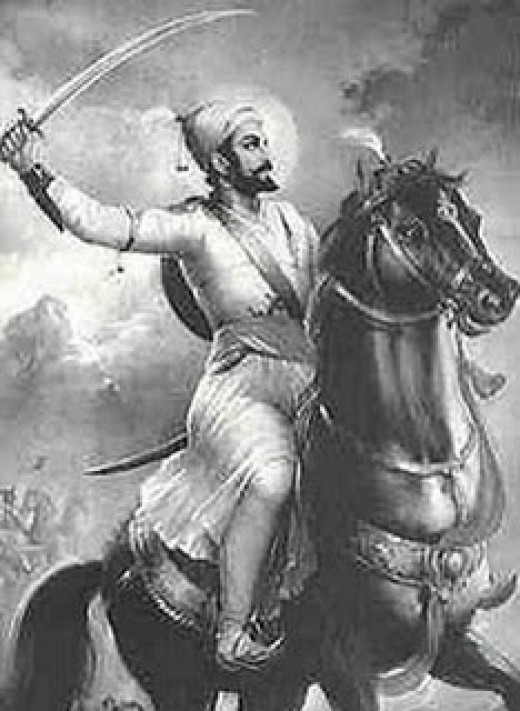
4. He started off with 2000 soldiers (Mawle) and brought that count to 100 thousand
His father left him 2,000 soldiers, which he converted to 10,000. And this requires the guts and skill to unite so many people. And mind you, these people were living in fear of the Adilshahs and the Aurangzebs whom they fought afterwards. He instilled in them the confidence to fight tyranny and injustice.
5. He was smart enough to establish a navy to protect the coastline
Shivaji was the first to realize the importance of having a naval force and in this light he established a navy and forts at the coastline to defend the Konkan side of Maharashtra. Not many other kings had thought of this. But he formed a resolute Maratha navy.
In deference to his pioneering contributions to naval warfare in India, the Indian Navy has named one of its bases after Shivaji, christening it as INS Shivaji.
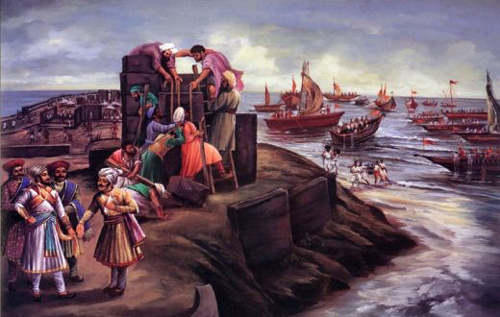
6. He had an intelligence unit that helped him devise tactics like the guerrilla warfare
Shivaji was known as the Mountain Rat. This was because he was so well-versed with the geography of his land that he was known to employ Guerrilla tactics (or Ganimi Kava) like raiding, ambushing, and surprise attacks with small groups on his enemies to have a better advantage over them.

7. Defeat of Afzal Khan in a one-on-one battle
Shivaji’s face-off with Afzal Khan is legendary. It is said that they met in a hut to apparently negotiate the terms with Khan’s leader Adilshah. tThe arrangements were that both would meet with one sword and one follower. Shivaji was sly and he suspected foul play, so he wore armour under his cloak, and hid a tiger’s claw (Bagh Nakh) in his left sleeve. He knew that there was going to be a battle and was prepared for it. He defeated Afzal Khan to his death. This was a huge win, considering Shivaji was small and slight in stature, compared to the burly and large Afzal Khan.
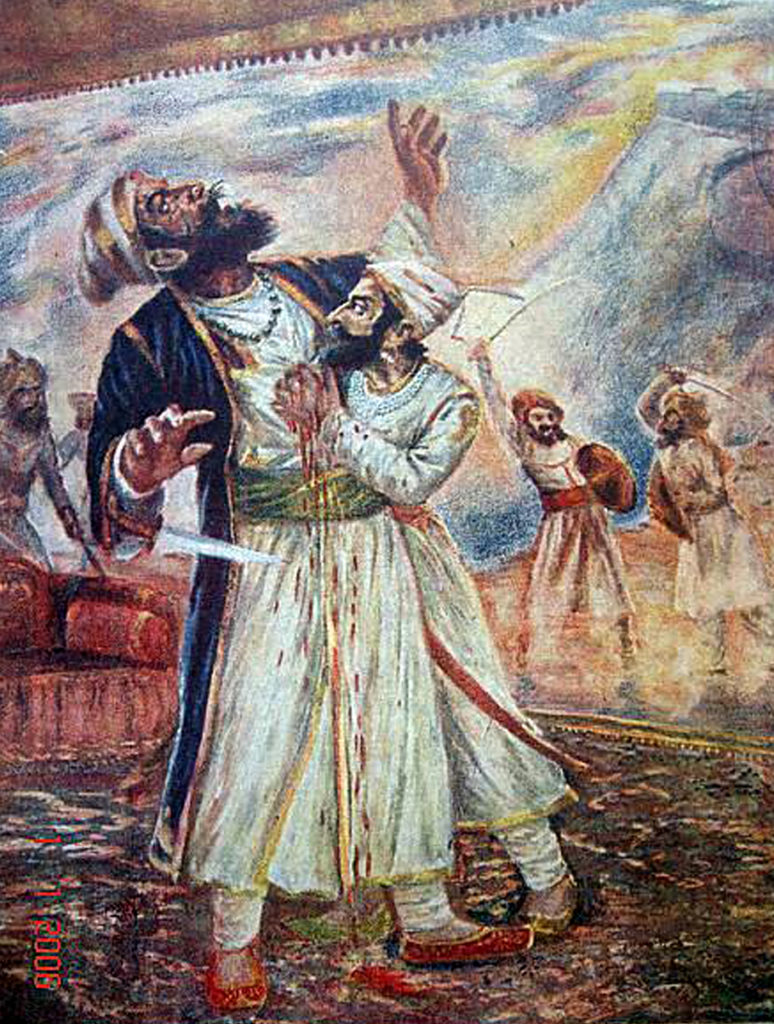
8. Even during military campaigns, ground rules were laid down
Women, children, elderly and infirm people would not be harassed. Valuables that were taken during military raid, were strictly the property of the state treasury, and should not be used for personal benefit.

9. He stood for the honour of women
Shivaji strongly opposed any kind of violence or harassment against women. His troopers were sent with strict instructions as to not harm a single woman if they raided villages or other places. No women of the enemy would be taken as slaves, and if captured, she would be sent back with due respect. Anyone from his army caught violating a woman’s rights was severely punished.
1o. Merciful monarch
Above all, Shivaji was known as the Jaanta Raja, or the Knowing King. He was a benevolent ruler and was extremely merciful to those who surrendered and would welcome them into his own army to fight for him. He judged them not on their backgrounds, but on their skill alone.
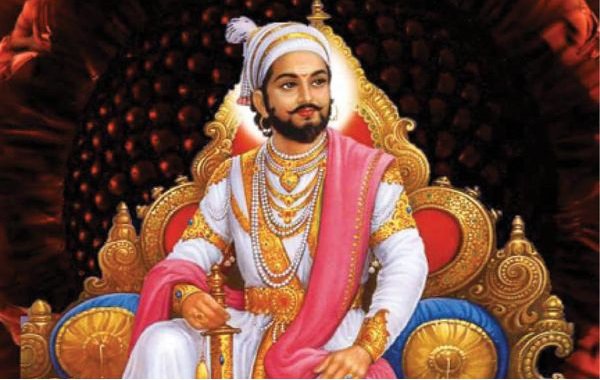
11. He established a dedicated Army
Till the advent of the Shivaji, the Marathas generally had an army made of irregulars, most of them essentially farmers who fought during the dry season. It was Shivaji who came up with a regular, professional army, where the soldiers were paid in cash throughout the year. The army was constituted into units, and grades were given regularly. Hindus, Muslims were recruited without any discrimination.
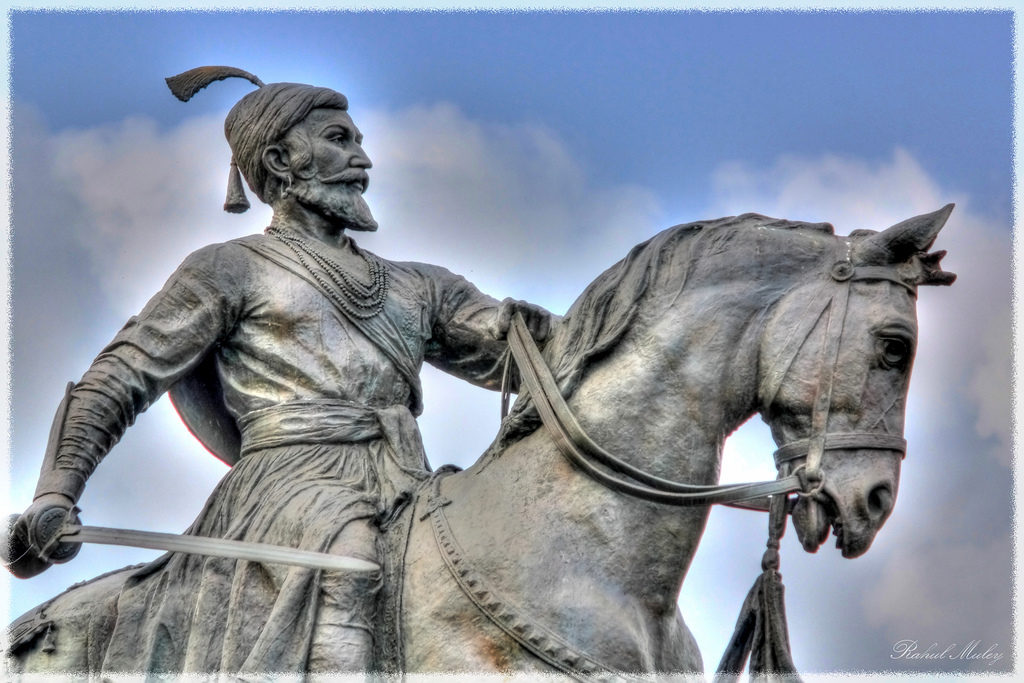
12. Efficient governance
The governing council of Shivaji Maharaj was divided into 8 parts as below:
- Peshwa– He looked after the welfare of all the states.
- Amatya– He looked after the finance of the kingdom and was responsible for all the taxes and their proper collection.
- Wakia Nawis– He used to keep a track of the events that happened in the courts and in the meetings.
- Samant– He was responsible for all the foreign affairs and was responsible for taking care of the foreign guests and ambassadors.
- Sachiv– He ensured that all the orders were implemented carefully and in right earnest.
- Pandit Rao– He was the overall religious head and looked after the religious ceremonies in the kingdom.
- Nyayadish– He was responsible for civil and military justice.
- Senapati– He recruited the officers for the Maratha army and was responsible for maintaining all of them.

13. He fought for India first, and then his kingdom
Shivaji was not an egocentric with an over inflated sense of expansion of his kingdom. Like Chanakya, Shivaji too dreamt of a united India. He was perfectly fine with the other kings and opposed the foreign rulers. His goal was always to establish a free kingdom in the country and motivated his troops to fight for India and not any king in particular.
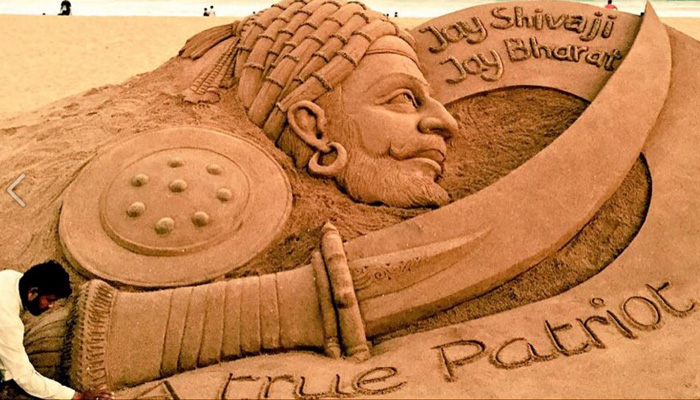
States fall, empires break up, dynasties become extinct, but the memory of a true ‘hero as King’ like Shivaji remains an imperishable historical legacy for an entire human race.